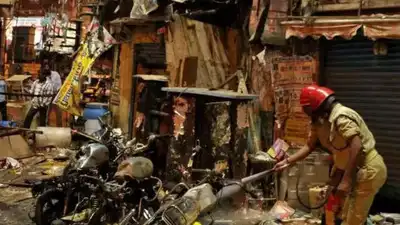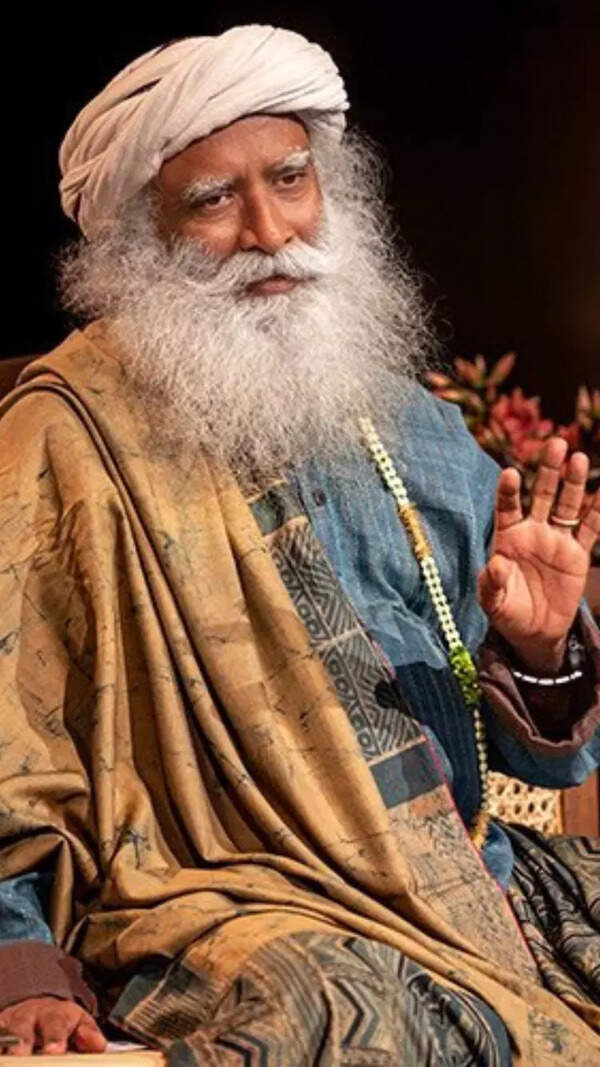- News
- City News
- Hyderabad News
- 2013 Hyderabad blasts: Pakistan’s Waqas made bombs, Sheikh created fake IDs to light terror fuse
Trending
2013 Hyderabad blasts: Pakistan’s Waqas made bombs, Sheikh created fake IDs to light terror fuse
Waqas and Aijaz Sheikh, key aides in the 2013 Dilsukhnagar blasts, played major roles in bomb-making and fake ID creation for Indian Mujahideen. A Telangana HC upheld their death penalty along with three others. Riyaz Bhatkal remains absconding.
HYDERABAD: While Riyaz Bhatkal and Yasin Bhatkal were the masterminds behind the Dilsukhnagar blasts that killed 18 in 2013, bomb maker Waqas, a Pakistani, and fake ID creator Aijaz Sheikh were the key lieutenants of Indian Mujahideen terror module.

The NIA special court verdict in Dec 2016, which awarded the death penalty to the five IM operatives, and the Telangana HC order on April 8 which upheld that verdict, detailed how Waqas and Sheikh played crucial roles, deserving capital punishment along with Yasin Bhatkal, Asadullah Akhtar and Tahseen Akhtar. Riyaz Bhatkal was never caught
Following his arrest, Zia-Ur-Rehman alias Waqas, a native of Mustafabad in Punjab province of Pakistan, disclosed to NIA that he had personally planted the IEDs along with Asadullah and Tahseen. Waqas was 24 at the time.
Poll
What do you think is the most effective way to combat terrorism?
"He learnt to make bombs in North Waziristan where he was trained by the Taliban for 25 days under Nasar Bhai alias Nasarulla. He later successfully tested his bombs at isolated locations near Deshmukh village of Hyderabad along with Asadullah and Tahseen," the HC said, referring to disclosure statements of the accused before the NIA.
When Waqas, in the presence of witnesses, told NIA he could demonstrate how to make an IED, he was supplied with the components specified by him.
"Waqas soldered various components on the motherboard and completed the timer circuitry. After completing the process of assembling a bomb, he placed a bulb in place of the explosive. The bulb glowed, indicating that the circuit required for a bomb to explode was completed," according to Waqas' disclosure-cum-IED demonstration memo before the NIA.
To carry out the twin blasts, Waqas built two IEDs in a rented house at Deshmukhi village in Abdullapurmet using 300 tubes of ammonium nitrate fuel oil (ANFO) and 50 detonators sent by Riyaz Bhatkal through an unknown courier to Mangaluru in Jan 2013. He planted one of the IEDs at the 107 bus stop on Feb 21 and left for Bengaluru along with Asadullah in a private travels bus. On March 22, 2014, he was arrested from Rajasthan by the Delhi police special cell.
Sheikh, a native of Gorpade Peth in Pune, worked in a BPO in the city. He later took a five-month course on hardware, networking, and Linux from an institute in Banjara Hills, Hyderabad. He was arrested by the Delhi special cell from UP in Sept 2014.
In his statement to NIA, Aijaz said he had provided fake IDs on the directions of his brother-in-law Mohsin Chaudhary and Riyaz Bhatkal.
"I used to scan voter IDs, driving licences, and other documents and prepare fake documents for IM operatives. I was using TrueCrypt and AxCrypt encryption software to encrypt the fake document files in my laptop," he said in his disclosure statement.
The terror team used the fake IDs to book tickets, rent houses and withdraw money. For instance, Aijaz prepared a fake ID using the name of Nabeel Ali Ajmed (Waqas' childhood friend from Pakistan). It was used by Waqas to receive money from a WUMT outlet in Mangaluru five times before and after the bomb blast, the court order stated.
The investigators also recovered fake voter IDs in the name of Girish Chand Joshi, a resident of Dehradun, and Armaan, a resident of Doranda in Ranchi, with the photo of Tahseen, and fake passports in the names of P Kumar of Patna and Ravi Sinha of Patna with photos of Asadullah from Aijaz's laptop.
End of Article
Follow Us On Social Media










